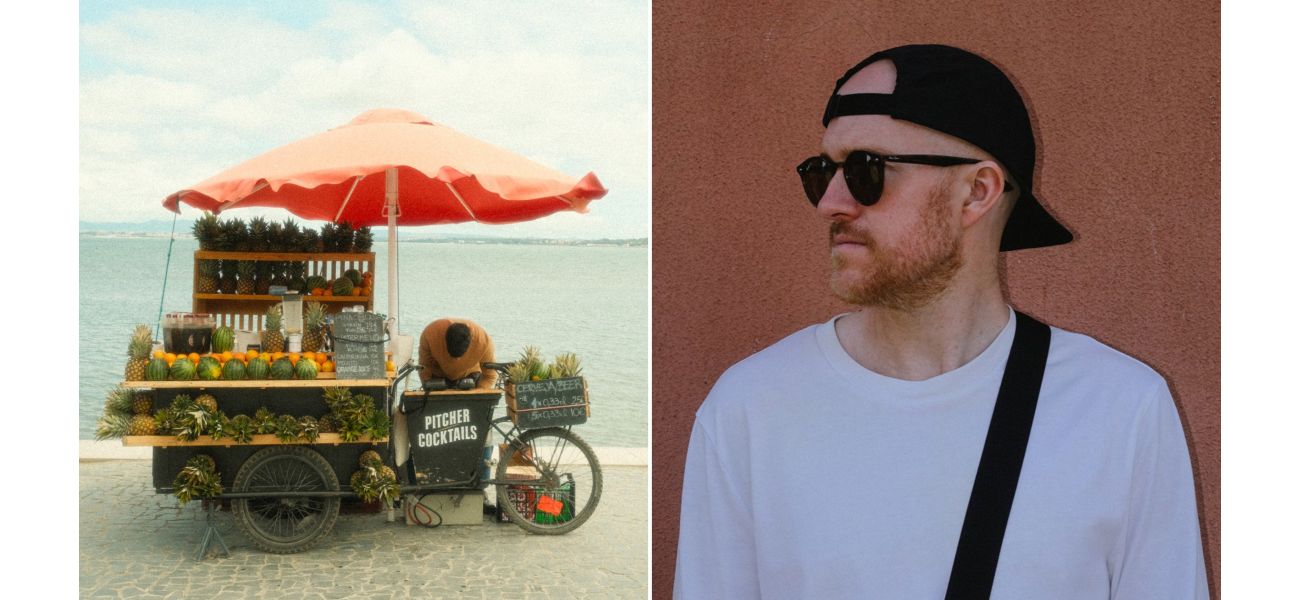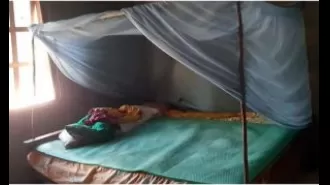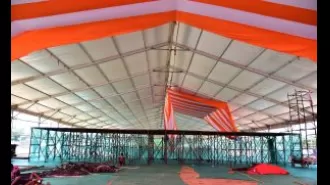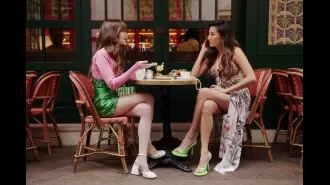There are only 13 individuals in the world with the same characteristics as me.
I was the sole individual in the UK with Wolfram-like syndrome until this year.
September 24th 2024.

When I turned 27, I faced a sudden and unexpected change in my life. As someone who worked in graphic design, having a sudden onset of color blindness was far from ideal. I had never experienced any issues with my sight before, so this sudden change was quite alarming. The first thing I did was book an eye test in hopes of finding some answers. But to my disappointment, the standard eye appointment did not provide any solutions, and it was clear that my eyesight had significantly deteriorated.
At the time, my vision was only at 20/30, not a major issue but enough to prompt more tests. For the next three years, I was constantly going in and out of the opticians, and during that time, my vision continued to decline gradually. But when I turned 30, there was a sudden and significant decline. I was informed that I could no longer drive, and by the time I turned 32, I was officially registered as blind.
For a long time, I was the only person in the UK with a rare condition called Wolfram-like syndrome. I underwent numerous scans and tests, from MRIs to blood tests, but doctors were unable to determine the cause of my vision loss. It wasn't until I had genetic testing for another condition that they discovered the truth behind my deteriorating eyesight. The results showed that I had a rare genetic disorder that affects vision as one of its symptoms.
This particular syndrome is extremely rare, with only 14 people worldwide having it. It is also fatal on its own, and I consider myself fortunate to have only the Wolfram-like version. My blindness is categorized as optic atrophy, which affects my central vision and leaves me with foggy peripheral vision, like looking through a shower screen.
In 2020, during the first lockdown, I purchased my first proper camera. Photography has been a blessing for me, especially in terms of mental health. It all started when I began following some photographers on Instagram, and I quickly fell in love with the art form. My Fujifilm camera is perfect for me as it allows me to set up my camera using tactile knobs and dials, rather than navigating menus.
Despite my modern camera, it has a vintage look and feels like an old film camera. I am still learning the ins and outs of photography, but as someone who is registered blind, it has been a steep learning curve. My sensitivity to light has become an advantage in photography, as I am constantly drawn to contrasts and chasing light.
Because of the static vision in my central area and foggy peripheral vision, I have to search for scenes with contrast. For example, if there are birds against a white sky, I can vaguely make out their presence, and my wife often assists me by describing the scene. I then take the photo and later examine it on a large TV screen, where I can see more details.
Initially, photography was just a creative outlet for me, a passion that I pursued without any expectations. But as more people showed interest in my work, I started to consider other possibilities, such as holding an exhibition. Photography has become a multisensory experience for me, not just visually but also using my hearing to capture the perfect shot. My condition, in a way, has become a superpower.
My name is Adam Stanaway, and you can find my work on Instagram at @adamstanawayy. I believe that my story is worth sharing, and if you have a story of your own, please reach out to me through jess.email. I would also love to hear your thoughts and views in the comments below.
At the time, my vision was only at 20/30, not a major issue but enough to prompt more tests. For the next three years, I was constantly going in and out of the opticians, and during that time, my vision continued to decline gradually. But when I turned 30, there was a sudden and significant decline. I was informed that I could no longer drive, and by the time I turned 32, I was officially registered as blind.
For a long time, I was the only person in the UK with a rare condition called Wolfram-like syndrome. I underwent numerous scans and tests, from MRIs to blood tests, but doctors were unable to determine the cause of my vision loss. It wasn't until I had genetic testing for another condition that they discovered the truth behind my deteriorating eyesight. The results showed that I had a rare genetic disorder that affects vision as one of its symptoms.
This particular syndrome is extremely rare, with only 14 people worldwide having it. It is also fatal on its own, and I consider myself fortunate to have only the Wolfram-like version. My blindness is categorized as optic atrophy, which affects my central vision and leaves me with foggy peripheral vision, like looking through a shower screen.
In 2020, during the first lockdown, I purchased my first proper camera. Photography has been a blessing for me, especially in terms of mental health. It all started when I began following some photographers on Instagram, and I quickly fell in love with the art form. My Fujifilm camera is perfect for me as it allows me to set up my camera using tactile knobs and dials, rather than navigating menus.
Despite my modern camera, it has a vintage look and feels like an old film camera. I am still learning the ins and outs of photography, but as someone who is registered blind, it has been a steep learning curve. My sensitivity to light has become an advantage in photography, as I am constantly drawn to contrasts and chasing light.
Because of the static vision in my central area and foggy peripheral vision, I have to search for scenes with contrast. For example, if there are birds against a white sky, I can vaguely make out their presence, and my wife often assists me by describing the scene. I then take the photo and later examine it on a large TV screen, where I can see more details.
Initially, photography was just a creative outlet for me, a passion that I pursued without any expectations. But as more people showed interest in my work, I started to consider other possibilities, such as holding an exhibition. Photography has become a multisensory experience for me, not just visually but also using my hearing to capture the perfect shot. My condition, in a way, has become a superpower.
My name is Adam Stanaway, and you can find my work on Instagram at @adamstanawayy. I believe that my story is worth sharing, and if you have a story of your own, please reach out to me through jess.email. I would also love to hear your thoughts and views in the comments below.
[This article has been trending online recently and has been generated with AI. Your feed is customized.]
[Generative AI is experimental.]
0
0
Submit Comment





